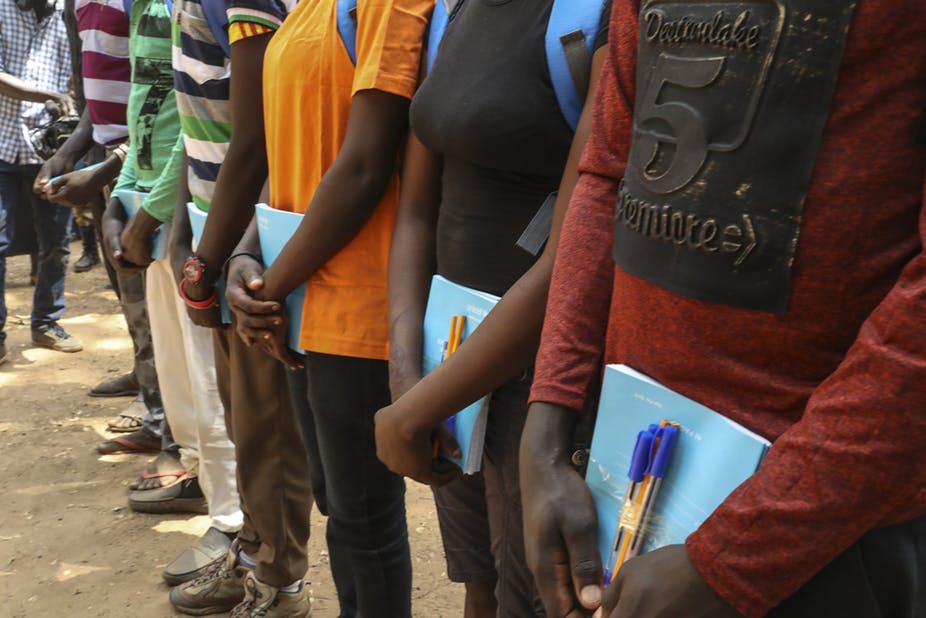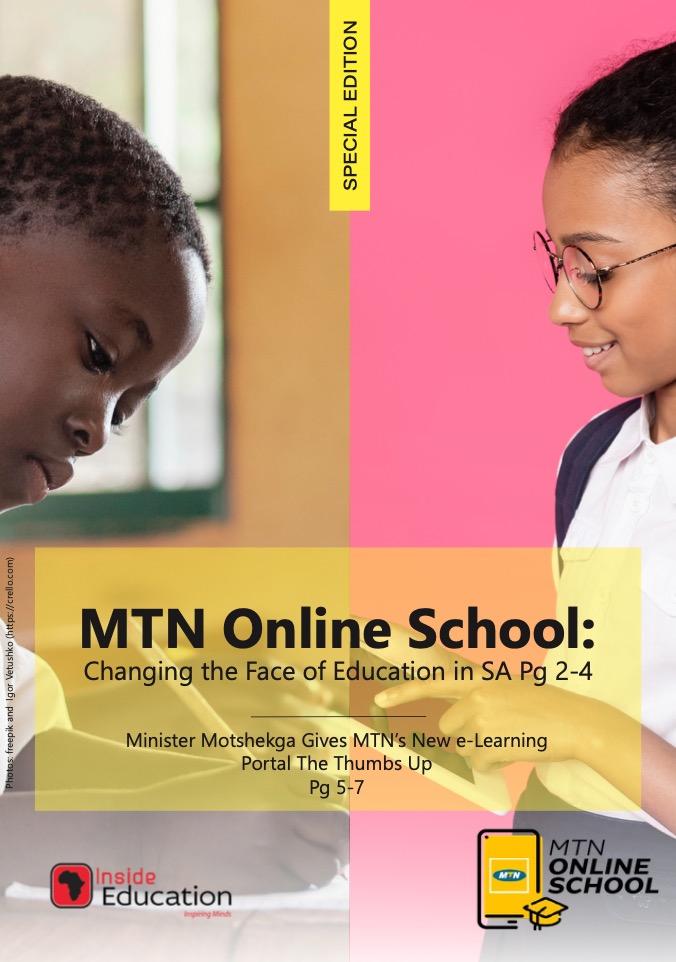More than 200 child soldiers have been freed from armed groups in South Sudan. The 112 boys and 95 girls, all under the age of 18, took part in a “laying down of arms ceremony” after which efforts will be made to reunite them with their families and their reintegration process will begin.
The children were part of a new civil war that broke out in the Republic of South Sudan, two years after it was granted independence from Sudan. The ongoing conflict has ripped the country apart, making the living conditions for most South Sudanese worse than ever before.
Characterised as a struggle over power and resources, the conflict is driven by corruption and ethnic rivalries. The main actors are the former rebel group and political party Sudan People’s Liberation Army/Movement led by President Salva Kiir Mayardit, and the Sudan People’s Liberation Movement-in-Opposition led by former Vice President Riek Machar.
About 19 000 child soldiers are thought to be part of the conflict and so the release of any is great news. But it’s not guaranteed that they will reintegrate successfully. The reintegration process, often done by UNICEF and local communities, is crucial in determining whether these youth remain as civilians or return to the barracks as soldiers.
Based on interviews and observations with 20 former child soldiers in South Sudan, my research shows that though children do get forcibly recruited, many “choose” to join the armed groups. They are driven by poor socio-economonic conditions – like a lack of food, housing and security – and because they can’t afford school or physically get to one. And so they find the military, and the protection of a gun, to be the better option.
It is therefore imperative that education, whether formal schooling or an alternative system, be part of the reintegration process. Because without it the children find themselves in a vicious cycle and though thousands have left armed groups, they find themselves back with them for the same reasons as before.
But education isn’t accessible to most children in South Sudan. In 2016only 50% of children aged 6-13 were enrolled in primary education and just 3.5% aged 14-17 were enrolled in secondary education. There are challenges in finding a school, and being able to afford to go to one. This is even harder for demobilised child soldiers who are often traumatised and stigmatised.
Education challenges
One of the biggest problems in South Sudan is a lack of school facilities. A recent report states that there have been 293 military attacks on schools, affecting over 90,000 children. Due to this security concern, education isn’t readily available in many home communities and so shortly after the former child soldiers are reunited with their families, they leave. They usually go to bigger towns in search of schools, staying with distant relatives or family friends.
Even if the children manage to get into a school, the classrooms are overpopulated (in some secondary schools there can be over 100 students in a class), there are few decent textbooks and the teachers aren’t properly trained. The education the children get is very poor in quality.
The children will also have to pay for it. Even though most of the schools are meant to be government funded, my research shows that teachers are often not paid and so the students pay fees to give the teachers a little income. But with few resources and no support system, the children struggle to do this and run the risk of not attending or not having teachers.
Way forward
The global agenda for education is focused on teaching and learning for all, with an emphasis on quality and sustainability. But in the case of South Sudan the first main problem is access. If this was resolved it could keep former child soldiers occupied and prevented them from being re-recruited. It would also ensure that they were socialised in a non-violent environment and were working together with others towards a common future.
Experience shows that to reach child soldiers with educational interventions, they must be specifically targeted. The government also needs to ensure teachers are paid and trained in psychosocial support. The education should be geared towards accommodating and supporting the childrens’ traumatic past, increasing their chances of successful reintegration.
Unfortunately, this might all be too much to ask in the midst of a civil war where I often hear people say:
We are all traumatised
PhD candidate and lecturer, Oslo Metropolitan University










